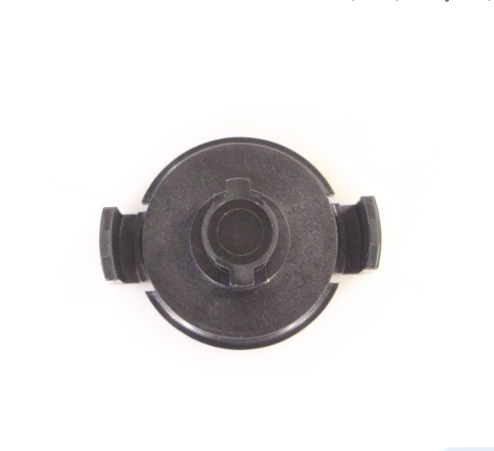drain plug washer
Understanding the Importance of Drain Plug Washers
When it comes to maintaining the functionality of various systems that involve liquids, the drain plug and its washer are often overlooked yet vital components. The drain plug itself serves as a barrier, preventing the escape of fluids from a system, while the washer plays a critical role in ensuring that the connection between the plug and the receiving surface is leak-proof. Whether in automobiles, plumbing fixtures, or industrial applications, the role of the drain plug washer cannot be understated.
Typically made from materials such as rubber, silicone, or fiber, drain plug washers are designed to create a seal that withstands pressure and temperature fluctuations. The choice of material depends largely on the application and the type of fluid they are sealing. For instance, rubber washers are commonly used in automotive oil pans due to their ability to flex and maintain a tight seal even under varying temperatures. On the other hand, silicone washers can be utilized in plumbing systems that involve hot water, as silicone can handle higher temperatures without degrading.
One of the most critical aspects of a drain plug washer is its ability to prevent leaks. If the washer is worn out or damaged, it can lead to fluid leaks, which can cause significant problems, from minor inconveniences to major damages. For vehicle owners, a leaking oil drain plug can result in loss of engine oil, leaving the engine susceptible to overheating and severe damage. Similarly, in plumbing applications, a faulty washer can result in water damage, mold growth, and increased water bills.
drain plug washer

Regular inspection and maintenance of drain plug washers are essential in ensuring long-term performance. It is advisable to replace washers during regular service intervals or whenever the drain plug is removed. A simple visual inspection can often reveal signs of wear, such as cracks, flattening, or brittleness. Replacing a worn washer is a simple task that can save time and money in the long run.
Installation is another important aspect to consider. When installing a new drain plug washer, it is crucial to ensure that it is properly seated. A misaligned or incorrectly installed washer can lead to immediate leaks, negating its purpose. Using the correct torque specifications when tightening the drain plug is equally important, as over-tightening can damage the washer and lead to leaks.
In conclusion, while often seen as a small and insignificant part, the drain plug washer plays a crucial role in fluid management systems across various applications. Understanding its importance, choosing the right material, performing regular maintenance, and following proper installation practices can significantly enhance the efficiency and reliability of the systems in which they are used. Whether you are an automobile enthusiast, a homeowner, or a professional in the plumbing or industrial sector, ensuring the proper functioning of drain plug washers is essential to avoid costly repairs and maintain the integrity of fluid systems. By paying attention to this often-neglected component, you can help ensure the longevity and efficiency of your systems.
-
Simplifying Oil Changes: A Comprehensive Guide to Oil Drain Plugs and Their Variants
News Aug.04,2025
-
Mastering Oil Drain Maintenance: Solutions for Stripped, Worn, and Upgraded Oil Plugs
News Aug.04,2025
-
Fixing Oil Pan Plug Issues: Leaks, Stripped Nuts, and the Right Replacement Solutions
News Aug.04,2025
-
Everything You Need to Know About Oil Drain Plugs: Sizes, Fixes, and Upgrades
News Aug.04,2025
-
Choosing the Right Oil Drain Plug: A Guide to Sizes, Materials, and Drain Innovations
News Aug.04,2025
-
A Complete Guide to Automotive Drain Plugs: Types, Problems, and Innovative Solutions
News Aug.04,2025
-
The Ultimate Guide to Car Repair Kits: Tools and Essentials Every Driver Should Own
News Aug.01,2025
Products categories















